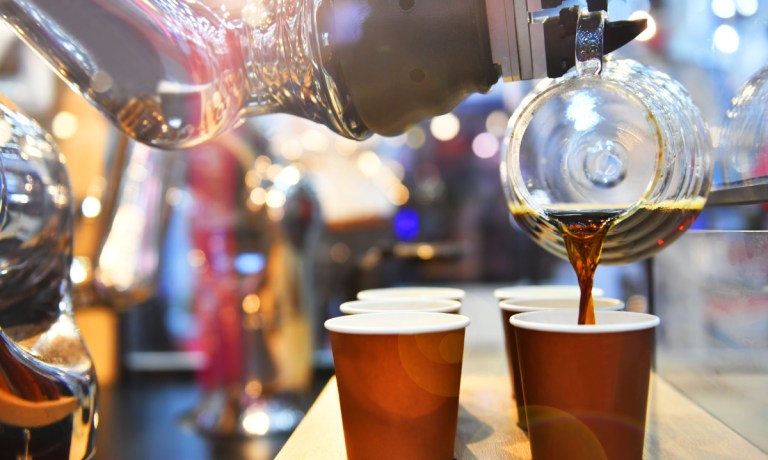Remy Robotics CEO: Autonomous Tech Enables Growth of ‘Fast-Fine’ Dining

As new technologies take over the restaurant industry, Remy Robotics is launching an autonomous ghost kitchen that leverages this efficiency to enter the burgeoning “fast-fine” dining category.
The company recently launched its Better Days fast-fine virtual brand in the U.S., starting in New York City. In an interview with PYMNTS following the announcement, Yegór Traiman, CEO of the autonomous restaurant technology company, shared insights on the role of automation and autonomy in the industry, noting how it enables higher quality quick-service options.
“We’re mainly focused on young professionals who wants to eat healthier food and fast food but with the same level of affordability and convenience,” Traiman said. “The main difference here is because we have autonomy, and our unit economics are completely different … this allows us to use this additional margin, either to decrease our prices or to use better ingredients.”
Specifically, the use of autonomous technologies enables Remy Robotics to achieve a prime cost (a combination of cost of goods sold and labor) of 50%, compared to the typical 60% to 70% in quick-service restaurants (QSRs). As such, the brand is selling menu items such as “Lemon Dill Salmon with Miso Corn” for relatively affordable prices.
Traiman noted that while a typical ghost kitchen would need to sell 120 orders per day at minimum to reach profitability, the company’s autonomous ghost kitchens need only fulfill 50 to 60 orders.
While much of the robotics focus in the restaurant industry so far has been on automation, Traiman drew the distinction between automation, which makes certain tasks more efficient but still requires some human labor, versus full autonomy. He noted that automation is beneficial for increasing production during high-demand periods.
However, the economics of automation fall short when there is insufficient demand, as restaurants still have to pay their employees in these periods. In contrast, autonomy allows for profitability even in low-density populated areas and at low-demand times.
Additionally, full autonomy can enable more kinds of food preparation and production. Traiman noted that this can allow the “versatility” to create menu items that go beyond just “pizza or burgers or poke bowls or salads.”
Overall, consumers are mixed on technology and robotics in the restaurant industry. PYMNTS Intelligence’s exclusive report, “Connected Dining: The Robot Will Take Your Order Now,” which draws from a survey of a census-balanced survey of nearly 2,000 U.S. consumers, finds that roughly half (48%) of consumers are interested in virtual kitchens, and roughly 1 in 3 are at least open to automated food preparation.
Yet the majority of restaurants are trying out at least some automated technologies. Data cited in the PYMNTS report “Inflation Puts Technology on the Menu for Restaurants,” the June edition of the “B2B and Digital Payments Tracker®,” created in collaboration with American Express, showed that 76% of restaurants are already using automation in at least three areas of operations.
Going forward, Traiman said the largest challenge ahead comes down to driving consumer adoption and loyalty.
“At the end of the day in the food industry, it’s not about the technology itself. It’s all about the food and customer preferences. And we can build whatever innovative, efficient and cool technology, but it needs to be proved by the demand and by the sale volume,” Traiman said.